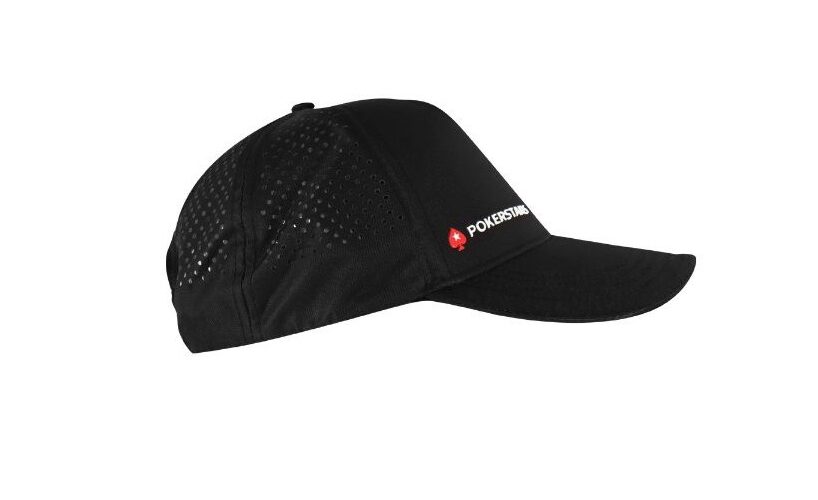How to tell the difference between a triangle choke and an armbar…
There’s a learning curve to becoming a fan of any sport. Exploring the world of the UFC is no different.
Before this weekend’s UFC event, let us help you pick up a bit of lingo to enhance your enjoyment of fight night.
The Striking game
Superman Punch – Anyone familiar with boxing may be taken aback by the concept of a fighter leaving their feet to throw a punch. The dynamic nature of mixed martial arts has allowed the superman punch, or a punch where an opponent jumps forward and kicks their leg back to add force to the punch, to gain traction as a premier striking attack.
Showtime Superman Punch?@ShowtimePettis finishes Thompson in round 2! #UFCNashville pic.twitter.com/m5D7PkvyHm
— UFC (@ufc) March 24, 2019
Flying Knee – Another acrobatic strike involving leaving the feet, a flying knee is exactly what it sounds like. One man (or woman) flying at another and cracking them in the head with their knee.
The Ground Game
Takedown – While all fights start on the feet, many fighters do their best work on the ground. Taking your opponent to the mat requires a takedown, which could be from a discipline such as amateur wrestling, judo, jiu jitsu, etc. Here is UFC lightweight champion Khabib Nurmagomedov setting a single fight record for the most takedowns in a fight:
Submission – Lock down a joint to the point of pain or danger of injury or cut off the blood flow to the brain with a choke and you’ve got yourself a submission.
Tap out – If you’re locked in a submission hold and can’t find a way out, your best option is to tap out. This means tapping your hand on the mat or (preferably) your opponent’s body. This indicates you are giving up, but does stop your opponent from wrecking one of your limbs or choking you to the point of unconsciousness. Also, you may submit verbally. The act of screaming out in pain is also considered a “verbal tap.”
A WILD FINISH!
Make it 1️⃣3️⃣ straight victories for Cláudio Silva!
Tune in now ➡️ https://t.co/7gsc6RQiv8 #UFCLondon pic.twitter.com/CkP4kiNidy
— UFC (@ufc) March 16, 2019
Ground and pound – When you have an opponent on the ground and drop heavy punches and elbows to their face, you’re practicing the time honored art of “ground and pound.” Many fighters have made their name in the Octagon on the strength of putting fighters on their back and dropping heavy strikes to score points or score stoppage victories.
VICIOUS ground and pound.@TheBeast_UFC #UFCAustin pic.twitter.com/cwvrvSfdA5
— UFC (@ufc) February 19, 2018
Four basic submissions
Armbar – One of the four submissions you’re most likely to see on any given fight night, the armbar can be applied from a variety of positions. Squeeze your knees around the arm, trap the forearm to your chest, point your opponent’s thumb to the sky and drive your heels down and your hips up. It’s tap or snap time at that point.
Rear-naked choke – Before MMA took its place in the mainstream, the idea of a choke brought to mind hands on a throat preventing another person from breathing. In reality, a “blood choke” stopping the flow of blood to the brain is a more powerful tool. The rear-naked choke is one of the most common in the sport, and is one of the go-to attacks when you take your opponent’s back. Former top featherweight Urijah Faber breaks down the technique here:
Triangle choke – Again, blood chokes are the best chokes. Trapping a fighter’s head and one arm between your two legs, properly positioning the arm and pulling the head down while squeezing your knees together are key to finishing off this submission. Just like Mel Gibson in Lethal Weapon:
Or in UFC action:
Guillotine choke – Chokes are a big deal, ok? The guillotine choke is a favorite attack of many submission aces when an opponent is reckless attempting a takedown. It looks similar to a headlock but involves squeezing arteries to cut off that valuable brain blood supply. UFC featherweight Brian Ortega has been measured as generating 365 pounds of force with his guillotine choke. Oh, and he fights at 145 pounds.
HOW DO WE FOLLOW IT UP???? WITH THIS!!!
Unreal performance from @DannyHenryMMA!! #UFCLondon pic.twitter.com/QQg4DnkKQ5
— UFC (@ufc) March 17, 2018
Fun with rare submissions
Twister – If there’s a more honest name for a submission than “Twister,” I don’t know it. A combination of locking up the far leg, passing an arm behind your head, trapping your opponent’s head and, well, twisting. Exceedingly rare, exceedingly brutal.
Omoplata – The omoplata is notoriously hard to finish and typically used to “sweep” an opponent (or reverse position so the defending fighter on the bottom becomes the top attacker). On occasion, however, this arm attack using the legs leads to a highlight reel finish.
OMOPLATA!!!
Adam Wieczorek gets the omoplata submission against Bhullar in round 2 at #UFCGlendale!! WOW!!!! pic.twitter.com/GvG92SgomE
— UFC (@ufc) April 14, 2018
Heel hook – Heel hooks are one of the submissions with the most immediate risk of injury. Leg locks attack the knees and/or ankles, notoriously injury-prone joints. A heel hook involves capturing an opponent’s leg and isolating the food in a position where slightly too much torque will shred their knee. The speed with which people will tap to a deeply locked heel hook rivals any other submission.
Big time win for @ryanhall5050 defeating the legend @bjpenndotcom! pic.twitter.com/FVqnnG1eyC
— FOX Sports: UFC (@UFCONFOX) December 30, 2018
For further information on what you need to know heading into a UFC event, as well as this glossary, check out our “Idiot’s guide to the UFC.”
Back to TopView Other Blogs



















